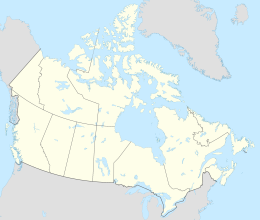| Geography | |
|---|---|
| Location | Coronation Gulf |
| Coordinates | 68°17′N110°43′W / 68.283°N 110.717°W |
| Administration | |
Canada | |
| Territory | Nunavut |
| Region | Kitikmeot |
| Demographics | |
| Population | Uninhabited |
The Sesqui Islands are an island group located in the Coronation Gulf, south of Victoria Island, in the Kitikmeot Region, Nunavut, Canada. Other island groups in the vicinity include the Bate Islands, Jameson Islands, Outpost Islands, Richardson Islands, and Sisters Islands. [1]

